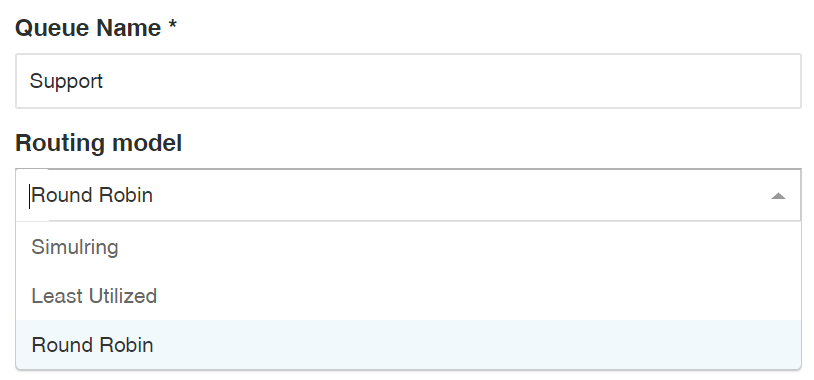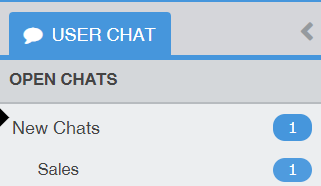We're pleased to introduce Chat Queues as part of the product release 2019.1. Chat queues give you more control over how chats get assigned to your agents within chat departments and have replaced the previous Chat Round Robin feature.
Below is a summary of the changes you can expect to see:
Routing Models
Choose how new chats are routed to your agents (Simulring, Round Robin or Least Utilized).

Answer Timeout
Choose an 'Answer Timeout' period. If an agent does not answer the chat within that time-frame, the next agent in the list will be called.

Maximum Chat Capacity
Set the maximum number of chats agents can handle simultaneously to prevent overload. If too many chats get assigned to an agent, it can lead to lower quality responses as agents may be having to rush and multi-task beyond their limits. Setting a maximum chat limit can improve the experience for both customer and agents.

If all agents are at maximum capacity, users can wait in a queue until an agent becomes available.

Chat Queuing System
Agents can monitor how many chats are waiting in the 'New Chats' filter. As soon as an agent becomes available, the chat will be routed to them.

If you had Round Robin groups set up before, these will have been upgraded into different chat queues and those queues will be automatically set for the relevant chat departments, so your previous settings will still apply unless you customize them.
You can read our guide on chat queues to learn more about setting these up.
How can I start using Chat Queues?
If you are using Deskpro Cloud, we will roll out this update to your helpdesk soon.
If you are using Deskpro On-Premise, you can update your helpdesk to the latest version from your Admin Interface.

